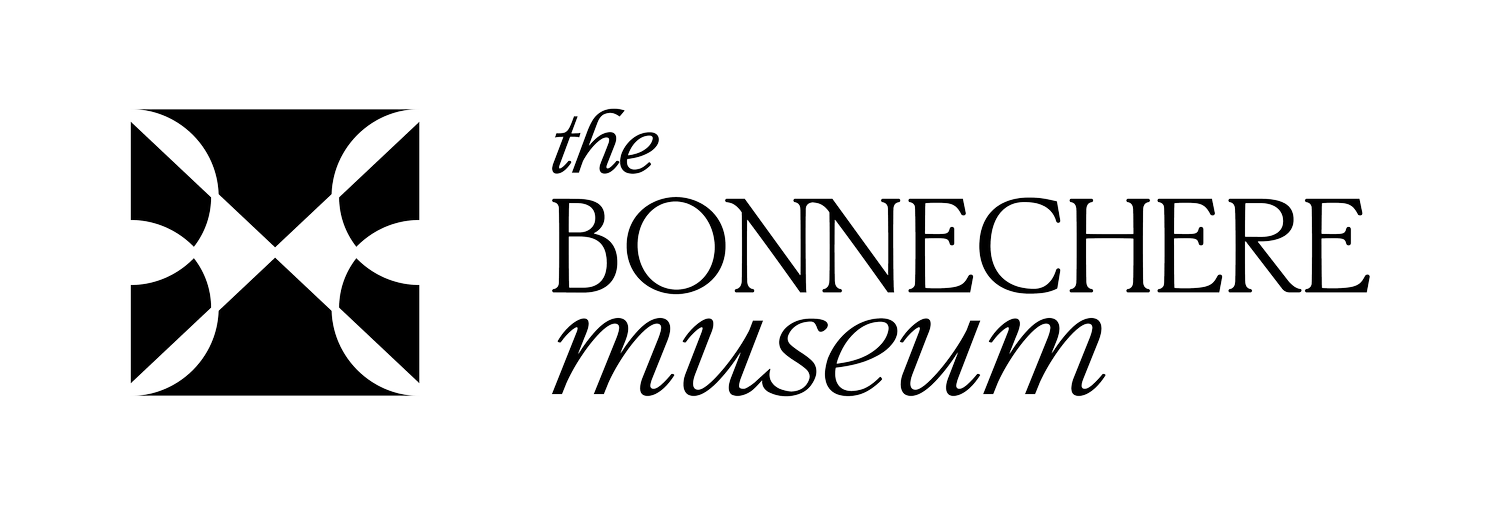The Ordovician Period (438 to 510 Million Years Ago)
The Ordovician period began approximately 438 million years ago, with the end of the Cambrian, and ended around 510 million years ago, with the beginning of the Silurian.
The Ordovician is best known for the presence of its diverse marine invertebrates, including graptolites, trilobites, brachiopods, and the conodonts (early vertebrates). A typical marine community consisted of these animals, plus red and green algae, primitive fish, cephalopods, corals, crinoids, and gastropods.
From the Early to Middle Ordovician, the earth experienced a milder climate in which the weather was warm and the atmosphere contained a lot of moisture. During the Late Ordovician, massive glaciers formed causing shallow seas to drain and sea levels to drop. This likely caused the mass extinctions that characterize the end of the Ordovician, in which 60% of all marine invertebrate genera and 25% of all families went extinct.
The name Ordovician. The name Ordo-vic- probably means "those fighting with a hammer".
The Ordovices were a Celtic tribe living in the British Islands, before the Roman invasion of Britain. Its tribal lands were located in Wales between the Silures to the south and the Deceangli to the north-east. The Ordovices were conquered by the Roman governor Gnaeus Julius Agricola in AD 77 / 78.
